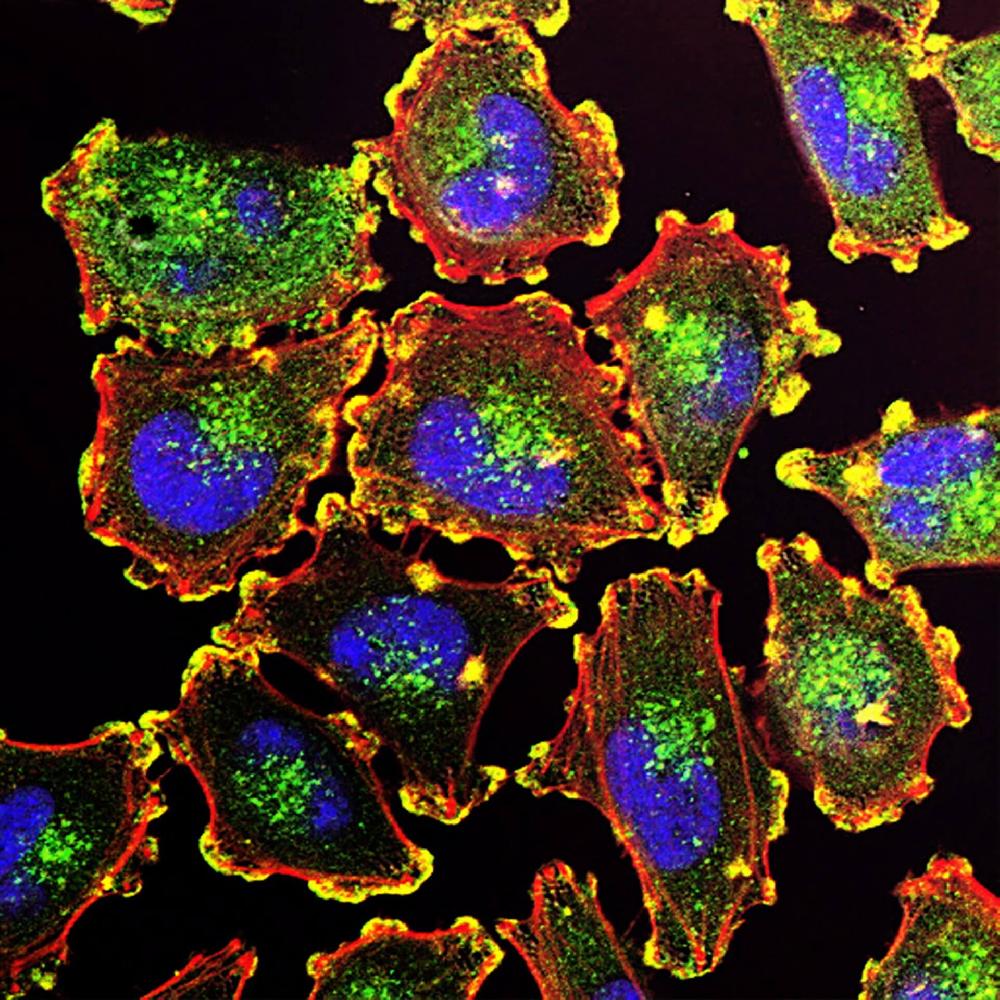This website uses cookies to ensure you get the best experience on our website.
- Table of Contents

Facts about Zinc finger protein 423.

Associates with SMADs in response to BMP2 leading to activate transcription of BMP target genes. Acts as a transcriptional repressor through its interaction with EBF1, a transcription factor involved in terminal olfactory receptor neurons differentiation; this interaction preventing EBF1 to bind DNA and activate olfactory-specific genes.
| Human | |
|---|---|
| Gene Name: | ZNF423 |
| Uniprot: | Q2M1K9 |
| Entrez: | 23090 |

| Belongs to: |
|---|
| krueppel C2H2-type zinc-finger protein family |

FLJ20086; KIAA1584; MGC21637; MGC61687; SUHW4; Suppressor of hairy wing homolog 4; zinc finger protein 280D; Zinc finger protein 634; ZNF634suppressor of hairy wing homolog 4 (Drosophila)
Mass (kDA):
144.605 kDA

| Human | |
|---|---|
| Location: | 16q12.1 |
| Sequence: | 16; NC_000016.10 (49487524..49857919, complement) |
Expressed in brain, lung, skeletal muscle, heart, pancreas and kidney but not liver or placenta. Also expressed in aorta, ovary, pituitary, small intestine, fetal brain, fetal kidney and, within the adult brain, in the substantia nigra, medulla, amygdala, thalamus and cerebellum.
Nucleus.





PMID: 10660046 by Hata A., et al. OAZ uses distinct DNA- and protein-binding zinc fingers in separate BMP-Smad and Olf signaling pathways.
PMID: 22863007 by Chaki M., et al. Exome capture reveals ZNF423 and CEP164 mutations, linking renal ciliopathies to DNA damage response signaling.